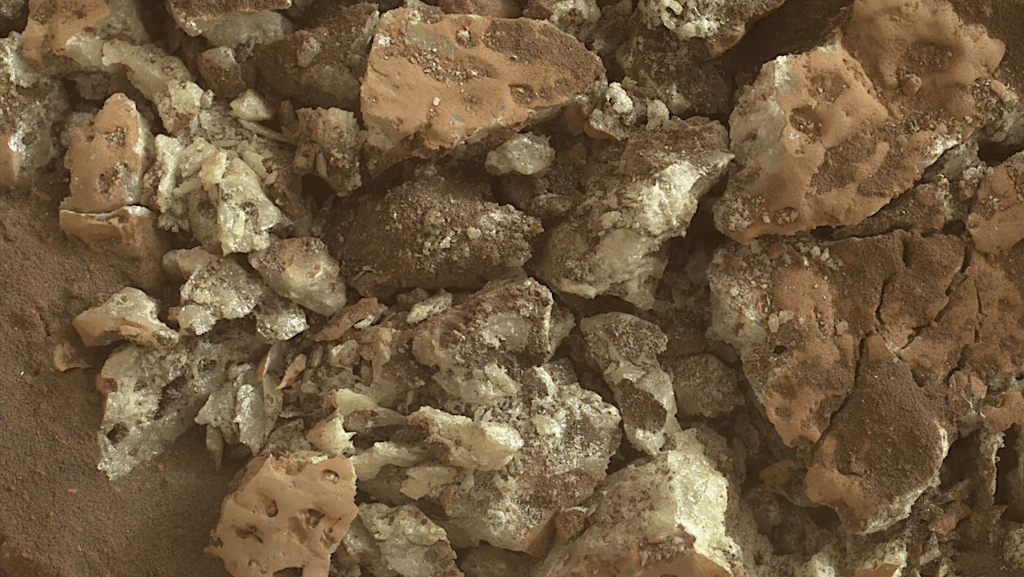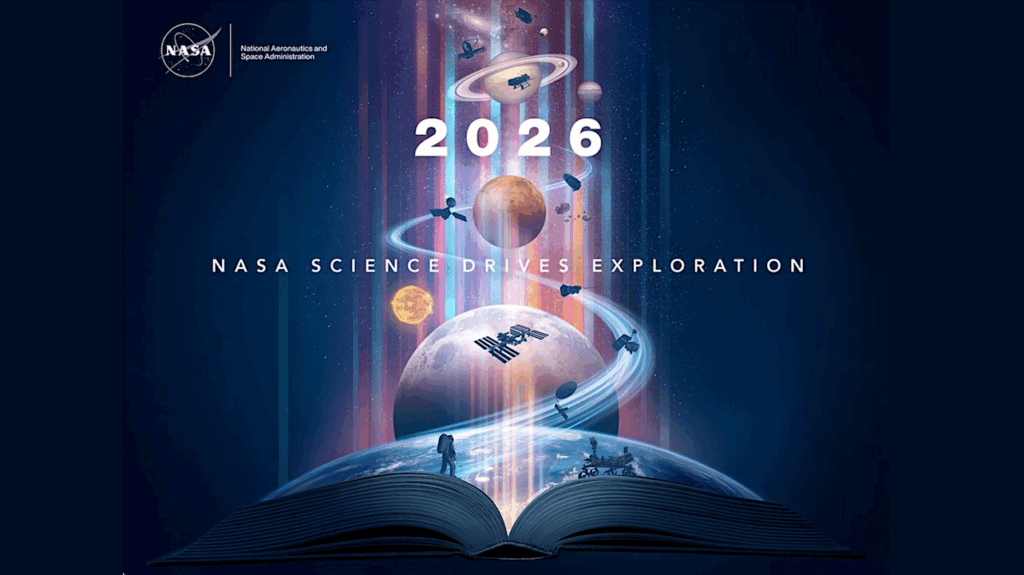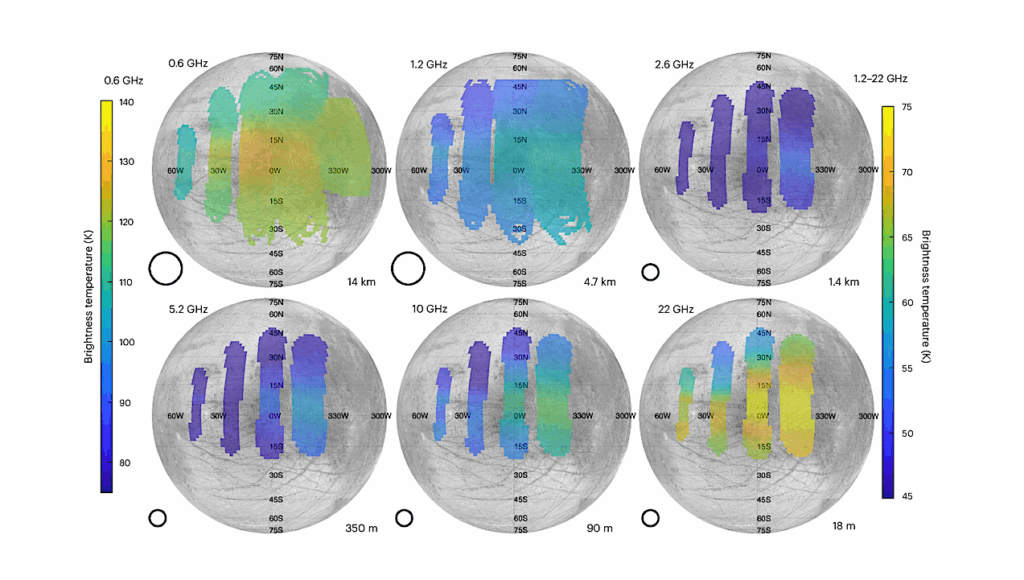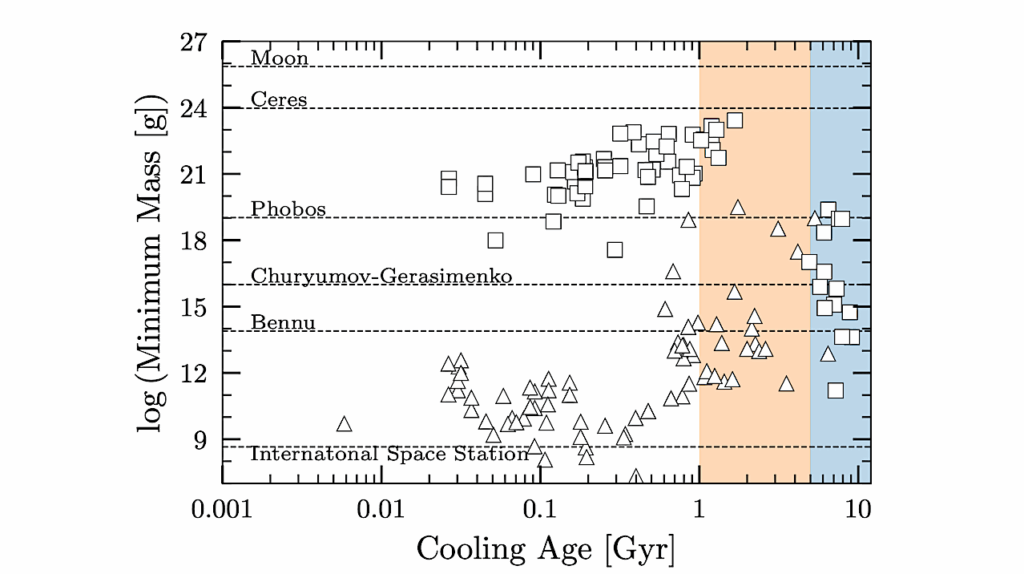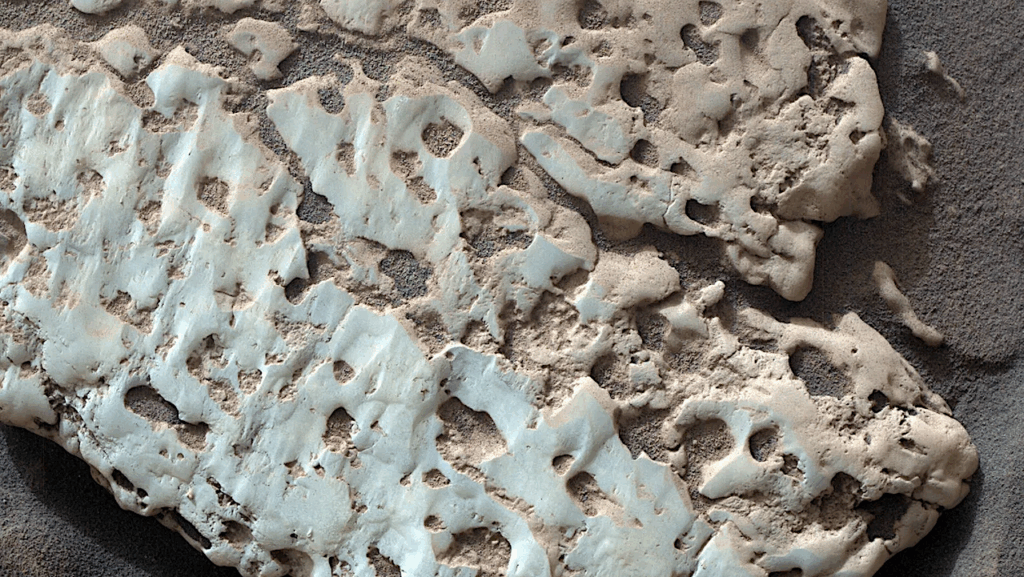Uranus’ Moon Miranda May Have An Ocean Beneath Its Surface
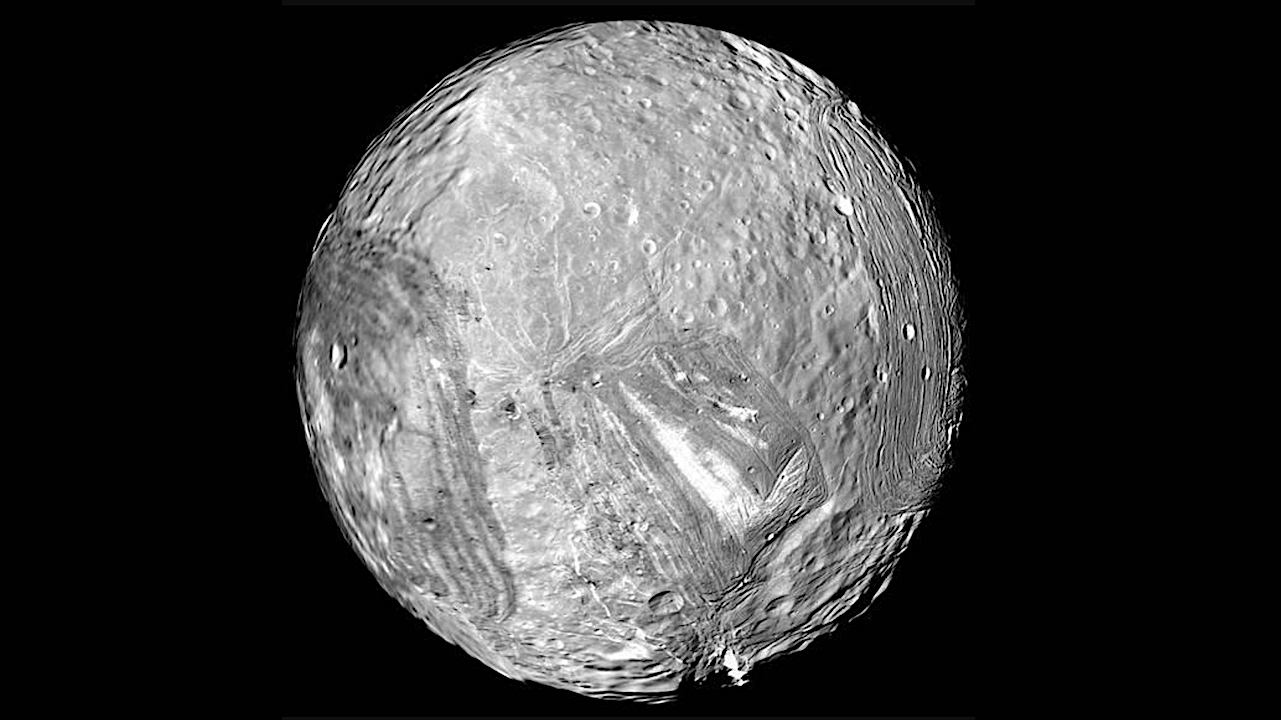
A new study suggests Uranus’ moon Miranda may harbor a water ocean beneath its surface, a finding that would challenge many assumptions about the moon’s history and composition and could put it in the company of the few select worlds in our solar system with potentially life-sustaining environments.
“To find evidence of an ocean inside a small object like Miranda is incredibly surprising,” said Tom Nordheim, a planetary scientist at the Johns Hopkins Applied Physics Laboratory (APL) in Laurel, Maryland, a study co-author, and the principal investigator on the project that funded the study. “It helps build on the story that some of these moons at Uranus may be really interesting — that there may be several ocean worlds around one of the most distant planets in our solar system, which is both exciting and bizarre.”
Among the moons in the solar system, Miranda stands out. The few images Voyager 2 captured in 1986 show Miranda’s southern hemisphere (the only part we’ve seen) is a Frankenstein-like hodgepodge of grooved terrain quartered off by rough scarps and cratered areas, like squares on a quilt. Most researchers suspect these bizarre structures are the result of tidal forces and heating within the moon.
Caleb Strom, a graduate student at the University of North Dakota who worked with Nordheim and Alex Patthoff of the Planetary Science Institute in Arizona, revisited the Voyager 2 images. The team set out to explain Miranda’s enigmatic geology by reverse engineering the surface features, working backward to uncover what the moon’s interior structure must have been to shape the moon’s geology in response to tidal forcing.
After first mapping the various surface features like cracks, ridges and Miranda’s unique trapezoidal coronae, the team developed a computer model to test several possible structures of the moon’s interior, matching the predicted stress patterns to the actual surface geology.

Map of Miranda’s southern hemisphere made using JMARS and a base map by P. M. Schenk (2013). The map is shown to give context to the regional maps of Arden Corona and Elsinore Corona in Figures 4 and 5. The map shows how Arden Corona and Elsinore Corona are on opposite hemispheres from each other and made up of concentric ridges. The upper mapped region represents Elsinore Corona. Elsinore Corona is divided between ropelike folded terrain in the south (ECFT), rugged ridged terrain in the northwest (ECRT) and a mixture of the two terrains to the northeast (ECMT). Ridges are positive relief grooves. Furrows are negative relief grooves. The lower region represents Arden Corona (AC). Arden Corona is made up of a series of furrows. Prominent impact basins are also mapped for geographic context. Elsinore Corona and Arden Corona are mapped in this figure because their analysis required higher-resolution imagery, but the cratered terrain and Inverness Corona are mapped only in Figure 3 because of lower-resolution requirements, since they were not the main focus of the study. Labels of each unit mapped are added to clarify colors because of transparency issues. — Planetary Science Journal Larger image
The setup that produced the best match between predicted stress patterns and observed surface features required the existence of vast ocean beneath Miranda’s icy surface some 100-500 million years ago. This subsurface ocean was at least 62 miles (100 kilometers) deep, according to the study published Oct. 16 in the Planetary Science Journal, and hidden beneath an icy crust no more than 19 miles (30 kilometers) thick. Given Miranda has a radius of just 146 miles (235 kilometers), the ocean would have filled almost half of the moon’s body. “That result was a big surprise to the team,” Strom said.
Key to creating that ocean, the researchers believe, were tidal forces between Miranda and nearby moons. These regular gravitational tugs can be amplified by orbital resonances — a configuration where each moon’s period around a planet is an exact integer of the others’ periods. Jupiter’s moons Io and Europa, for example, have a 2:1 resonance: For every two orbits Io makes around Jupiter, Europa makes exactly one, leading to tidal forces that are known to sustain an ocean beneath Europa’s surface.
These orbital configurations and the resulting tidal forces deform the moons like rubber balls, leading to friction and heat that keeps interiors warm. This also creates stresses that crack the surface, creating a rich tapestry of geologic features. Numerical simulations have suggested that Miranda and its neighboring moons likely had such a resonance in the past, offering a potential mechanism that could have warmed Miranda’s interior to produce and maintain a subsurface ocean.

SatStressGUI plot showing stress from 1° of polar wander. The plot shows an asymmetric antipodal stress pattern with compression in one hemisphere and extension on the other hemisphere, with a mixture near the south pole. In this example, the lower ice shell thickness is 2 km with a 1 km thick brittle upper ice shell and a lower ice shell viscosity of 1E15 Pa-s. Note the higher stress magnitude compared to Figure 6. — Planetary Science Journal larger image
At some point, the moons’ orbital ballet desynchronized, slowing the heating process so that the moon’s insides started to cool and solidify. But the team doesn’t think Miranda’s interior has fully frozen yet. If the ocean had completely frozen, Nordheim explained, it would have expanded and caused certain telltale cracks on the surface, which aren’t there. This suggests that Miranda is still cooling — and may have an ocean beneath its surface even now. Miranda’s modern-day ocean is probably relatively thin, Strom noted. “But the suggestion of an ocean inside one of the most distant moons in the solar system is remarkable,” he said.
Miranda wasn’t predicted to have an ocean. With its small size and old age, scientists thought it would likely be a frozen ball of ice. Any leftover heat from its formation was assumed to have dissipated long ago. But as Patthoff pointed out, predictions about ice moons can be wrong, as evidenced by Saturn’s moon Enceladus. Before the Cassini spacecraft arrived in 2004, many scientists thought Enceladus was a frozen ball of ice and rock. But it was actually harboring a global ocean and active geological processes. “Few scientists expected Enceladus to be geologically active,” Patthoff said. “However, it’s shooting water vapor and ice out of its southern hemisphere as we speak.” Enceladus is now a prime target in the search for life beyond Earth.
Miranda might be a similar case. It’s comparable in size and composition to Enceladus, and according to a 2023 study led by APL’s Ian Cohen, it may be actively releasing material into space. If it has (or even had) an ocean, it could be a future target for studying habitability and life. However, Nordheim cautions that there’s still too much we don’t know about Miranda and the Uranian moons to speculate about the existence of life.
“We won’t know for sure that it even has an ocean until we go back and collect more data,” he said. “We’re squeezing the last bit of science we can from Voyager 2’s images. For now, we’re excited by the possibilities and eager to return to study Uranus and its potential ocean moons in depth.”
Constraining Ocean and Ice Shell Thickness on Miranda from Surface Geological Structures and Stress Modeling, The Planetary Science Journal (open access)
astrobiology



